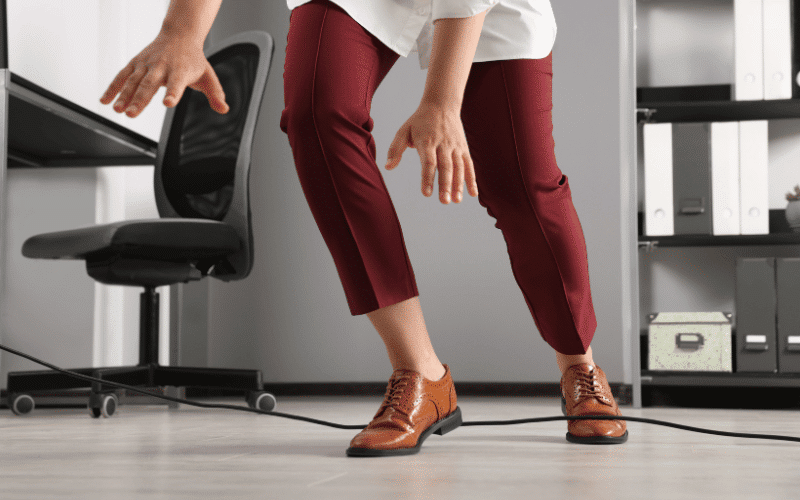Fact 4: Physical Manifestations are Prevalent

Physical symptoms are an unwelcome hallmark of juvenile Huntington’s disease. These physical manifestations vary in severity and can drastically impact a patient’s quality of life.
Early symptoms might be as subtle as changes in handwriting or minor clumsiness. However, as the disease progresses, these symptoms evolve into more severe physical complications. These include chorea, a condition marked by involuntary, irregular movements that seem to flow from one muscle to the next.
Other physical symptoms may involve muscle stiffness or dystonia, where the muscles contract uncontrollably, causing abnormal postures. These physical manifestations often lead to difficulties in performing everyday activities, thus profoundly affecting the patient’s ability to lead an independent life.
Beyond the immediate physical discomfort and disability these symptoms cause, they also bring emotional distress. The visibility of physical symptoms can lead to self-consciousness and social withdrawal, further exacerbating the patient’s ordeal.
Addressing these physical manifestations is a crucial aspect of managing juvenile HD. While it might not be possible to stop the progression of the disease, therapies and treatments aimed at managing these symptoms can significantly improve patients’ quality of life. (4)